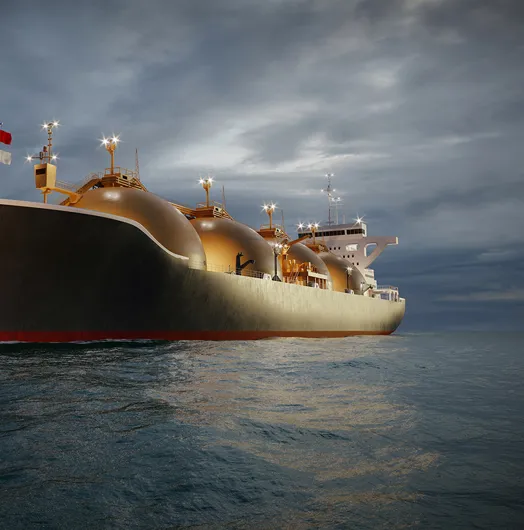Note: This article has been written predominantly for the benefit of our non-ammonia clients, in response to an increase in general enquiry levels.
Green ammonia: Why all the interest?
Over the last 12-24 months, the market has been saturated with reports about green ammonia. Many of these have come with bold predictions for its future, including suggestions that the seaborne ammonia market could grow from approx. 16.5 million tons (mmt) per annum today to as much as 200 mmt per annum by 2050, with much of that growth predicted to be green ammonia. This has, understandably, raised questions from all corners of the energy and shipping worlds. But are these reports and expectations realistic or misleading? In this article, we seek to provide some context and clarify conceptions about ammonia today. We also look at what we consider to be realistic prospects in the near to medium term.
What is ammonia and how is it produced?
Anhydrous Ammonia, to give it its full name, has a variety of uses, including in the production of:
- Fertilisers (particularly urea)
- Explosives (ammonium nitrate)
- Textiles
- Plastics
- Other chemicals.
The invention of the Haber-Bosch process in the early 1900s revolutionised the industry and enabled ammonia production on an industrial scale. Also known by the formula NH3 (3 atoms of Hydrogen and 1 atom of Nitrogen), most ammonia produced today uses:
- Hydrogen - sourced from methane, coming from natural gas, although other fossil fuels like coal can be used
- Nitrogen - sourced from air.
The two are converted into ammonia using a repeated, steam reforming process under high pressure/temperature conditions over catalysts, cooling between each pass. However, because the carbon atoms found in the methane are separated during production, the process also results in CO₂ waste. So while traditional ammonia production has been considered revolutionary and essential for world food production, it is also recognised as being responsible for significant CO₂ emissions, currently estimated to be around 1% of the global tally.
Is green ammonia as ‘green’ as the name suggests?
While green ammonia is a desirable outcome, the time and resources required to establish processes entirely reliant on renewable energy remains limited, as does the ability to transport ammonia without at least some undesirable emissions. In the interim, greener ammonia is perhaps a more appropriate term, reflecting the more realistic evolutionary process which is likely to occur.
Knowing your yellow from your pink ammonia: Colour references explained
The various ammonia production methods have each been assigned a colour, reflecting the environmental nature of the production process. The table below sets out the various types of ammonia.





